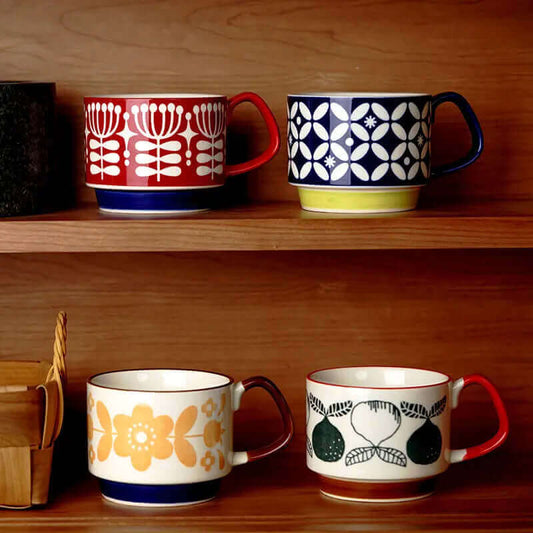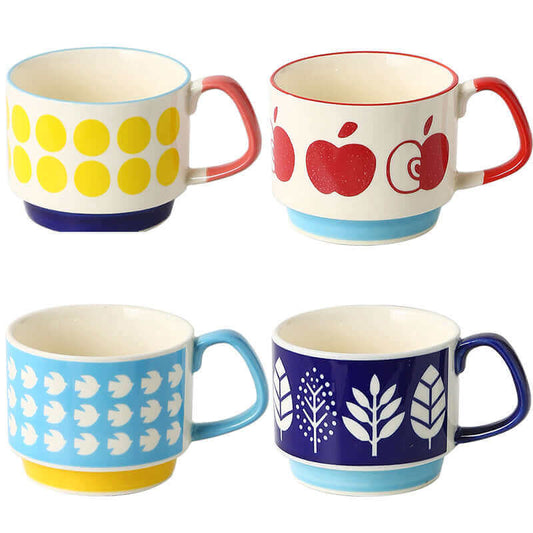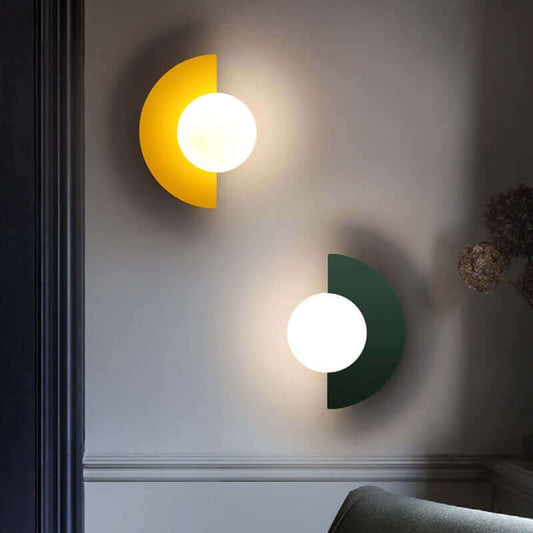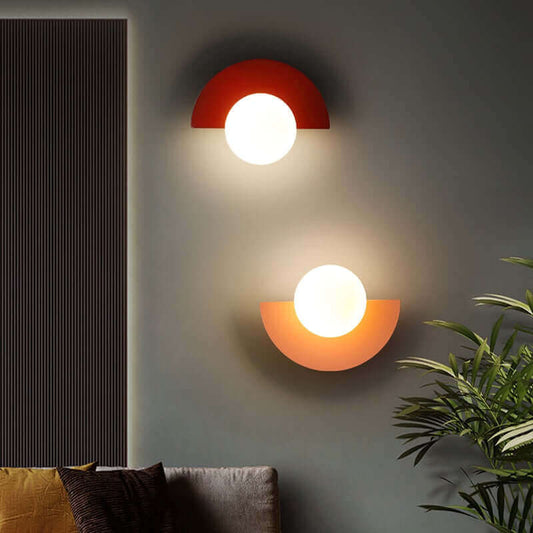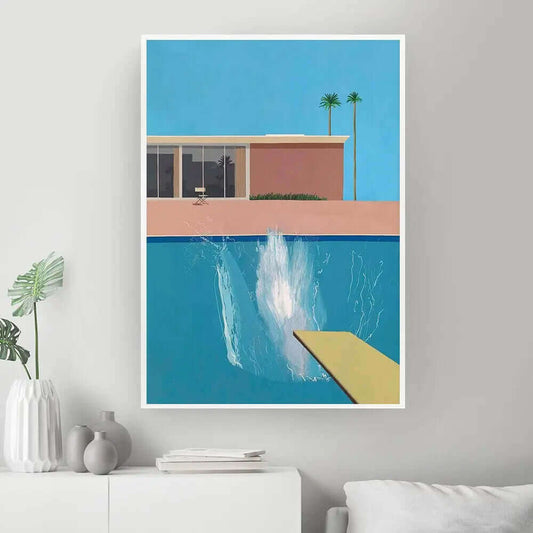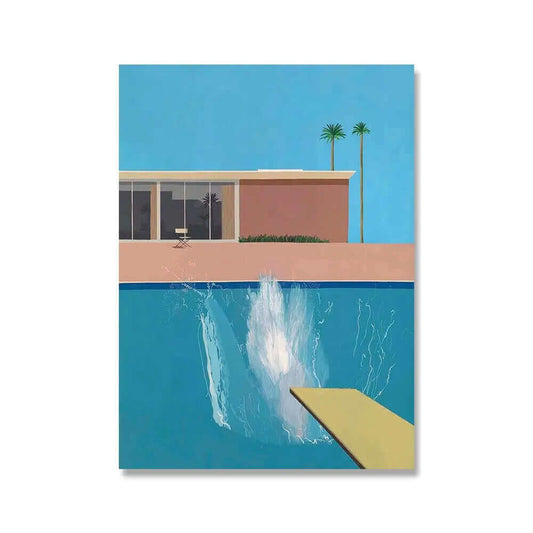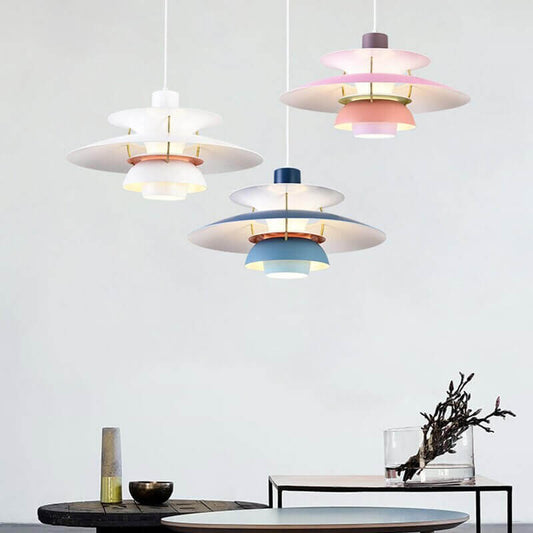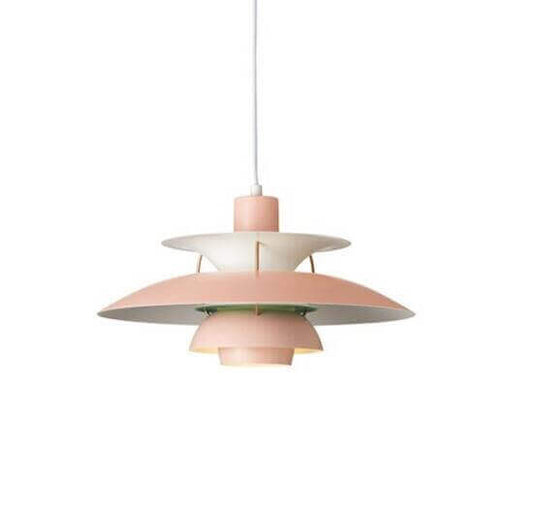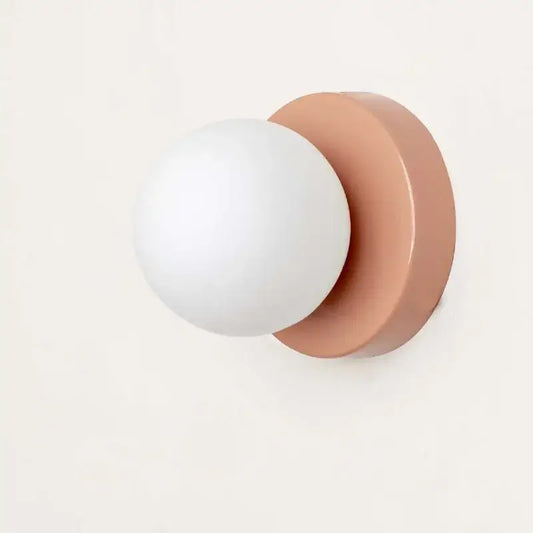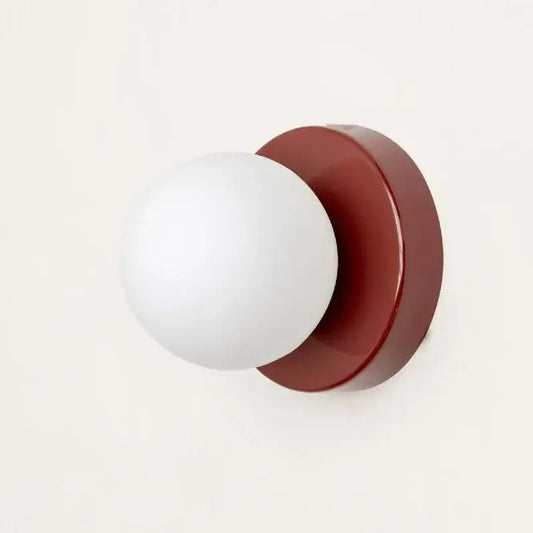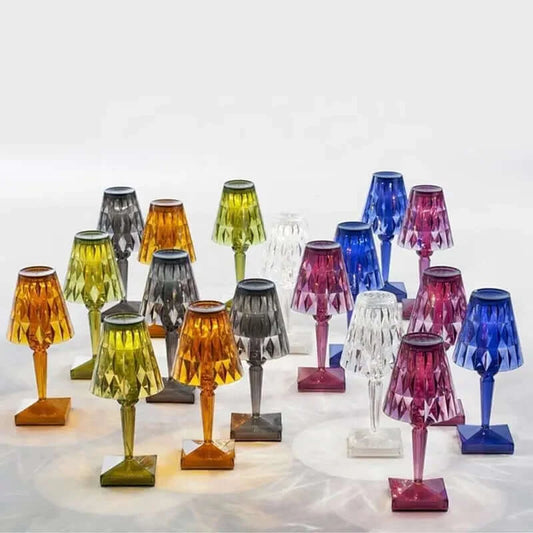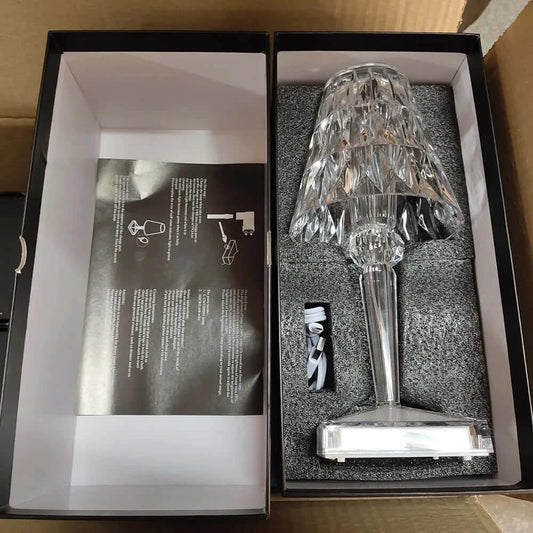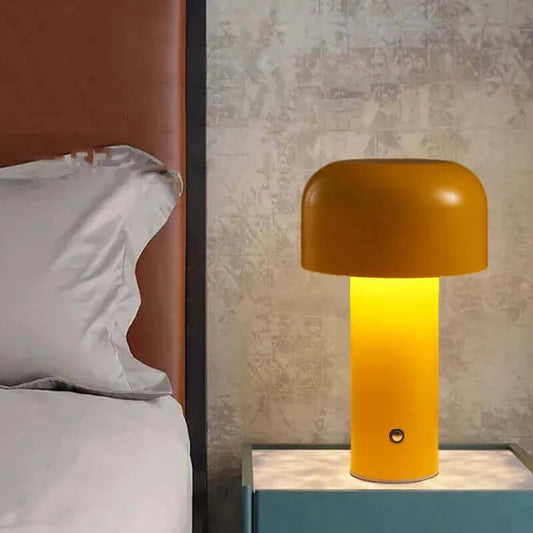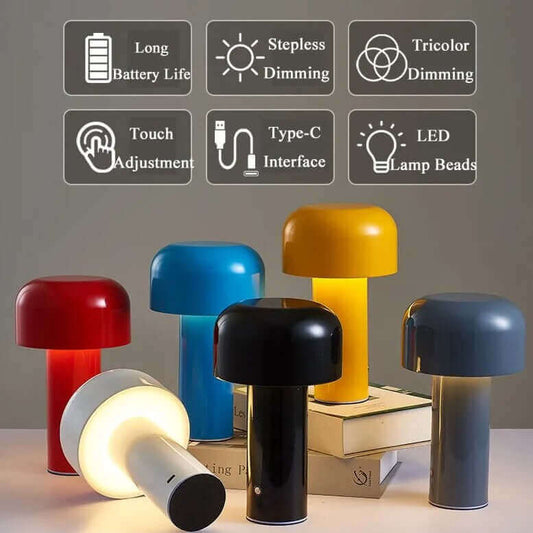When it comes to interior design, it's the little details that can make a big impact. One such detail that often goes unnoticed but has the power to transform a space is molding. Molding, also known as trim or millwork, can add interest, character, and a touch of elegance to any room. Whether you're aiming for a traditional, contemporary, or eclectic design, incorporating molding into your space can take it to the next level. In this article, we will explore the use of molding in interior design, following the BAB (Before, After, Bridge) method to help you understand how molding can add interest and enhance the overall aesthetic of your space.
Before: Assess the Space and Determine
Opportunities Before diving into the world of molding, it's important to assess the space and determine where molding can be incorporated effectively. Consider the following factors:
-
Architectural features: Evaluate the existing architectural features of the space, such as doors, windows, and ceiling height. These areas often provide natural opportunities for molding installation.
-
Design style: Consider the design style you want to achieve. Different types of molding can lend themselves to various design aesthetics, from simple and clean lines to intricate and ornate details.
-
Room characteristics: Take into account the specific characteristics of the room. Determine if you want to highlight certain areas or create a cohesive flow by incorporating molding throughout the space.
After: Adding Interest with Molding
Once you have assessed the space and determined the opportunities, it's time to add interest with molding. Follow these steps to enhance the aesthetic of your space:
-
Crown molding: Install crown molding along the upper perimeter of the walls where they meet the ceiling. This classic type of molding adds elegance and a finishing touch to any room, creating a seamless transition between the walls and the ceiling.
-
Baseboards: Upgrade your baseboards by installing wider and more substantial molding. This not only adds a polished look to your space but also helps protect the walls from everyday wear and tear.
-
Door and window casings: Enhance the architectural details of your doors and windows with decorative casings. These can range from simple trim to more elaborate designs, depending on the style you want to achieve. Casings add depth and visual interest, framing the openings and drawing attention to these features.
Bridge: Creating a Cohesive Design
To create a cohesive design with molding, consider the following tips:
-
Consistency: Maintain consistency in the choice of molding throughout the space. Use the same style or complementary styles to create a unified look. Consistency ensures that the molding enhances the overall design without feeling disjointed.
-
Proportions: Consider the proportions of the room when selecting the size and scale of the molding. Larger rooms can accommodate more substantial molding, while smaller rooms may benefit from narrower profiles to avoid overwhelming the space.
-
Paint and finish: Choose the appropriate paint color and finish for your molding to complement the overall color scheme and design aesthetic. Whether you want the molding to blend with the walls or create contrast, the right paint and finish can enhance its impact.
Molding is an often-overlooked design element that has the power to add interest, character, and elegance to any space. By assessing the opportunities, incorporating molding in the right areas, and following design principles, you can transform your room into a visually appealing and cohesive environment. Consider crown molding for a finishing touch, upgrade your baseboards for a polished look, and enhance doors and windows with decorative casings. By following the BAB method and incorporating molding strategically, you can elevate the overall aesthetic of your space and create a design that is both visually pleasing and timeless. So, embrace the power of molding and let it add interest and character to your interior design endeavors.
You will find many other interior design tips in our Top 50 Best Kept Secrets Used By Interior Designers to Transform your Space.



